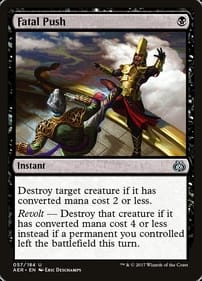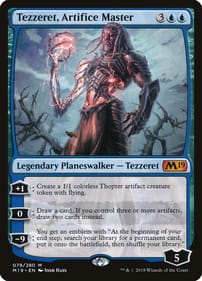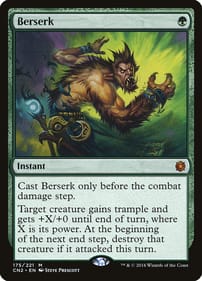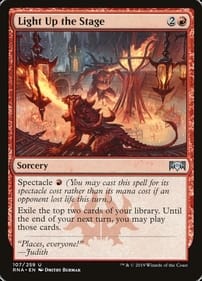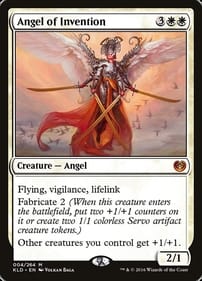Understanding the different vintage Pokémon card sets is an interesting way to understand the history of this highly popular trading card game!
Beginning in 1996 with a Gameboy game, Pokémon has taken the world by storm and has become an iconic franchise.
In fact, Pokémon has become one of the most international brands in the world, but the origins of Pokémon cards are not well-known.
To understand where it all started, let’s look at the most memorable and significant vintage Pokémon packs:
Wizards of the Coast Pokémon
Surprisingly, before 1999 Pokémon cards were finding very little success outside of Japan.
However, around this time, the word was spreading throughout the United States about this popular new phenomenon overseas, and people started checking out the video games and cards.
It was Wizards of the Coast that released Pokémon cards in English in the United States, leading many English and American fans to believe that this was the first release of the trading card game.
However, as you’ll see from the other different vintage Pokémon card sets we’re going to talk about, Pokémon was gaining in popularity in Japan years before!
This newfound popularity in North America gave the franchise a boost, and Pokémon began dominating the trading card and video game market in English-speaking countries.
The instant success of Pokémon gave way to modern-day Pokémon and Pokémon TCG.
Wizards of the Coast is a Hasbro-owned company (the same company that owns Magic the Gathering and Dungeons & Dragons) that released 102 cards in the initial set that included 25 trainers, 7 energy cards, and 69 Pokémon.
Sixteen of the Pokémon cards were holographic and are the rarest cards from this vintage Pokémon set.
Wizards of the Coast faced the daunting task of building on the momentum of the base set and produced several expansion sets between 1998 and 2003, including Jungle, Fossil, Team Rocket, and Expedition.
In 2003, Nintendo moved the translation and distribution rights to the Pokémon Company International, so Wizards of the Coast lost the Pokémon franchise and turned their attention to D&D and Magic.
Despite their current non-involvement, the Wizards of the Coast base set is considered by many Pokémon card collectors to be the most well-known and iconic set ever!
Check out our collection of Wizards of the Coast Pokémon cards here.
Bandai Carddass
In 1996, the Japanese toy company Bandai produced Pokémon cards based on the Green and Red video games.
However, there are no official records that state exactly when the first Bandai Carddess cards were released.
There is a known example that shows a Bandai Carddass released card in the September 1996 issue of Corocoro magazine, which states that the Bandai Carddass “Green Version” of cards was the first set of Pokémon cards ever.
Even though this first release of cards was referred to as the “Green Version,” it included red cards as well.
By the way, the term “Carddass” roughly translates into English as “vending machine cards” and was how these vintage Pokémon cars were initially distributed!
Customers could purchase cards through a vending machine in either a 1-pack or a 5-pack.
The Bandai Carddess vintage Pokémon packs included all 151 original Pokémon from generation one.
Media Factory Japanese Base Set
The Media Factory Japanese Base Set is another collection of vintage Pokémon cards that was first announced in Corocoro magazine and was released in October 1996.
Each copy of the Corocoro magazine came with two cards: The Glossy Ivy Pikachu and the Glossy Jigglypuff.
These special vintage Pokémon cards were later released in a non-glossy texture years later in both Japanese and English.
Nowadays, the Glossy Pikachu and Jigglypuff are nearly impossible to find in a high-grade form because they were printed on thinner cardstock and are more likely to become damaged.
However, it’s interesting to note that these particular cards are known to have been poorly centered, so finding one with correct centering and in good condition is extremely rare!
When it comes to the Media Factory Japanese Base Set, it featured the original 102 Pokémon that were later released in the Wizards of the Coast English set in 1998 and 1999.
In the end, the Media Factory set ended up being the 3rd ever confirmed release of Pokémon cards.
Bandai Kids Pokémon
From 1996 to 1997, Bandai released a kids’ set that kind of flew under the radar, even until today.
In fact, leading card grading companies won’t even grade this set because there is so little information about it!
Because there is little information regarding these vintage Pokémon packs, it’s impossible to determine when in 1996 they were released.
It’s impossible to say whether or not they were released before or after the Media Factory Japanese Base Set.
The Bandai Kids Pokémon set was released with 36 cards and 8 finger puppets, and released more cards and puppets in 1996.
The rarest card in this set is Charizard, which Bandai released two of in this set (one in October 1996 and one in December 1996).
They look identical on the front of the cards, but the second card was updated to include more available Pokémon finger puppets.
In 1997, Bandai released more cards in this set to complete all 151 Pokémon.
Topsun
Topsun is believed to have been the 4th release of Pokémon cards, although PSA and BGS mislabeled them as having been released in 1995 - they were actually released in 1997.
According to Top-Seika, the toy manufacturer that released the Topsun set, they did not receive their license to make Pokémon cards until 1997, confirming the year of release.
Topsun Pokémon cards featured two variations, cards with a green back and cards with a blue back. Also, two Pokémon cards were guaranteed in each pack of Top-Seika gum.
During the Topsun release, the entire set contained all 150 Pokémon, with the exception of Mew.
The rarest cards from the Topsun collection were actually misprints where blue back cards ended up with no numbers printed on the upper lefthand corner, and near impossible to find any in good to mint condition.
In addition to the green back and blue back cards, Topsun also released 16 holofoil cards of some of the most popular Pokémon.
Meiji Get
In 1997, Meiji Get released Pokémon cards in packs of chocolate, offering 170 cards and 19 secret rare cards.
They were released over the course of six mini-releases, with around 28 cards per release.
These vintage Pokémon cards are extremely rare and hard to find in good condition.
Vintage Pokémon Cards & Your Pokémon Collection
If you’re looking to start a Pokémon collection, you may be asking:
“Do I need vintage Pokémon cards?”
Honestly, this all depends on why you’re starting your collection!
Many people start a Pokémon card collection to play the game, yet many others consider their collection an investment and source of pride.
Think about what you’re willing to invest in your collection, and you’ll have your answer!
Swirl Café is Dedicated to All Things Pokémon!
From vintage Pokémon cards to learning the game, we are here to support all Pokémon enthusiasts!
Don’t hesitate to get in touch or come visit us if you have any questions.
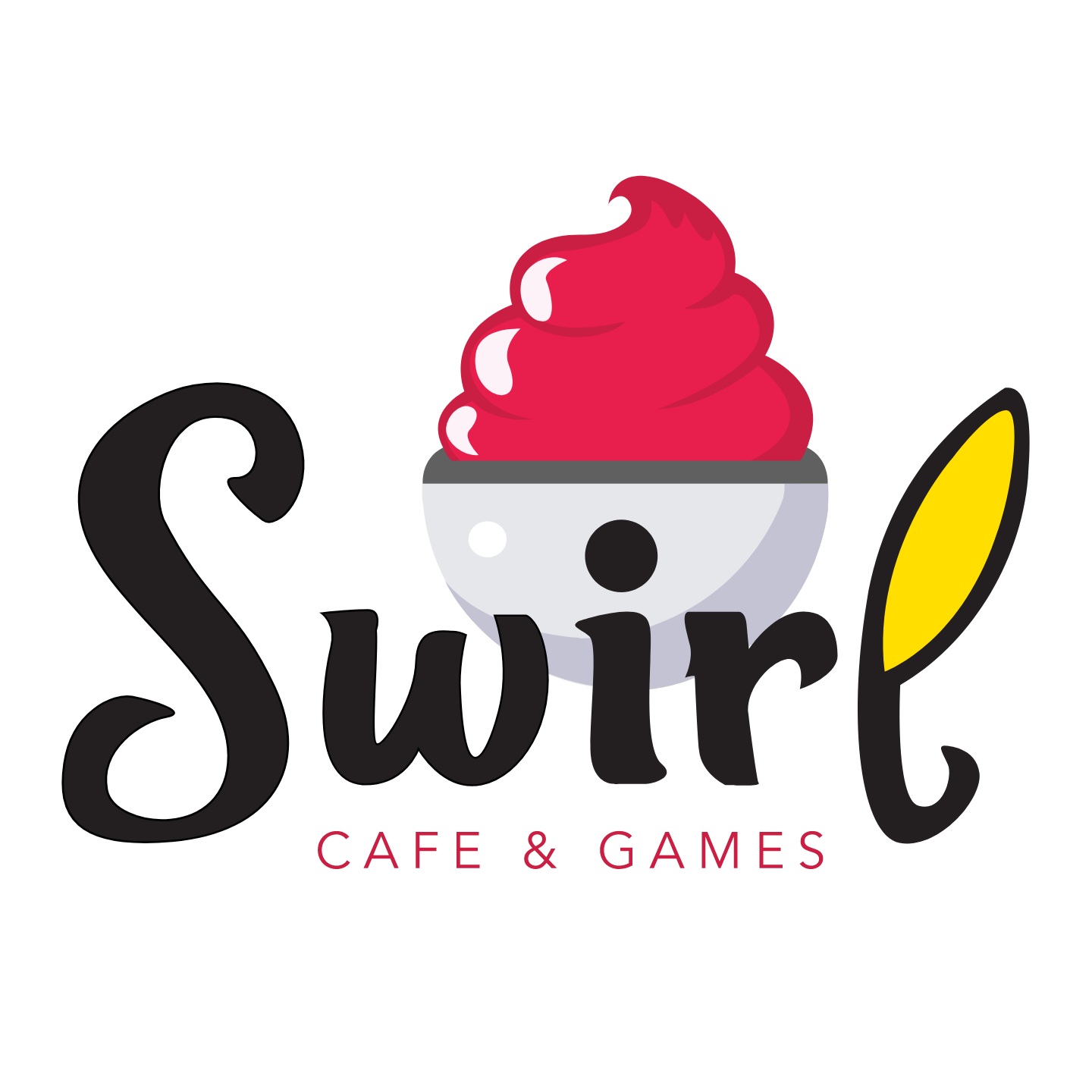

![Night Stretcher [SFA - 061/064]](http://swirlyeg.com/cdn/shop/files/560372_300x.jpg?v=1752621536)

![Budew [PRE - 004/131]](http://swirlyeg.com/cdn/shop/files/610359_af7e12e9-de0d-4bfd-8709-f0cd42c64345_300x.jpg?v=1757713813)
![Arven - 166/198 [SVI - 166/198]](http://swirlyeg.com/cdn/shop/files/488071_300x.jpg?v=1757531234)

![Iono - 080/091 [PAF - 080/091]](http://swirlyeg.com/cdn/shop/files/534442_1b6e488c-8a04-48d1-9661-4297eef1769c_300x.jpg?v=1752863702)
![Buddy-Buddy Poffin [PRE - 101/131]](http://swirlyeg.com/cdn/shop/files/610456_7c8fefff-c4b7-4f88-b9ee-fafcbf5de639_300x.jpg?v=1757531061)
![Technical Machine: Evolution [PAR - 178/182]](http://swirlyeg.com/cdn/shop/files/523859_e6d91097-0ba3-44c1-801b-5c1da5175110_300x.jpg?v=1752527098)
